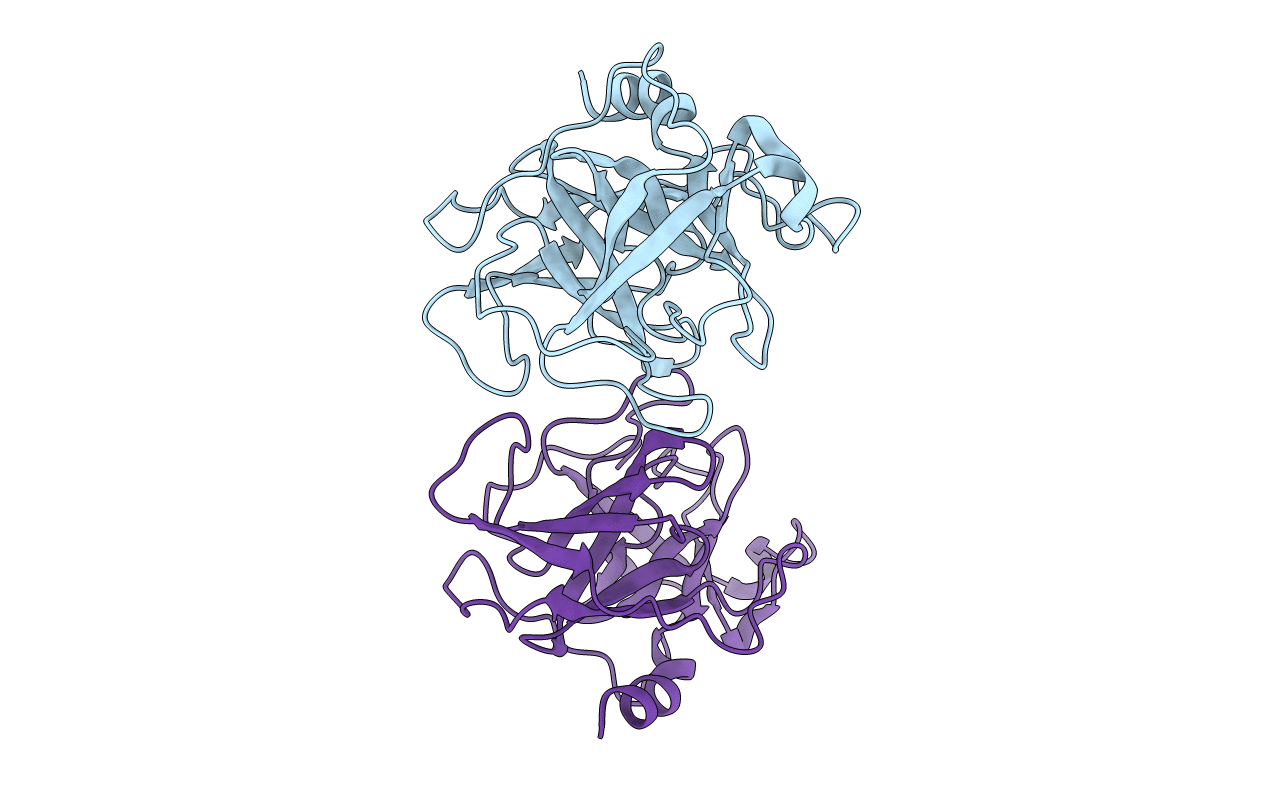
Deposition Date
1984-09-10
Release Date
1984-10-29
Last Version Date
2024-10-23
Entry Detail
PDB ID:
3RP2
Keywords:
Title:
THE STRUCTURE OF RAT MAST CELL PROTEASE II AT 1.9-ANGSTROMS RESOLUTION
Biological Source:
Source Organism:
Rattus rattus (Taxon ID: 10117)
Method Details:


